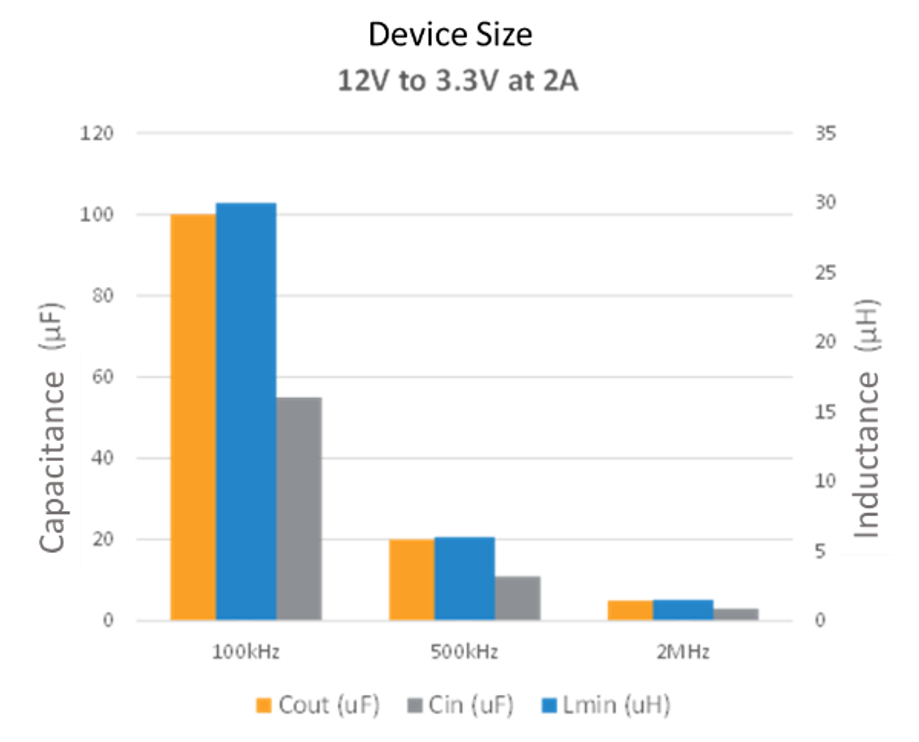Effect on Driving Safety
The widespread use of advanced driver-assistance systems (ADAS) in contemporary automobiles has significantly altered the state of traffic safety. Although the main goal of ADAS is to improve driving ease and comfort, there are significant and varied safety concerns. This section will examine how ADAS affects driving safety, with a particular emphasis on how technology helps drivers make better decisions and how it contributes to a decrease in traffic accidents.
Reduction in Traffic Accidents
Proactive Prevention: As opposed to reactive safety features like crumple zones and airbags, which react only after a collision has happened, ADAS prevents accidents before they happen. Automatic emergency braking (AEB) and forward collision warning (FCW) are two examples of systems that continuously scan the environment around the car in order to prevent crashes before they happen and to act before the driver can react. This proactive strategy can significantly lower the likelihood of collisions.
Addressing Human Errors: Whether due to inattention, exhaustion, or poor judgment, human mistake is a major contributing factor in a large number of traffic accidents. With functions like Driver Attention Monitoring and Lane Departure Warning (LDW), Advanced Driver Assistance Systems (ADAS) can identify irregular driving behaviors suggestive of certain conditions, warn the driver, or even adjust the vehicle's trajectory in real time.
Improved Night-Time Safety: Driving at night presents a unique set of difficulties, including diminished visibility. Drivers are better able to recognize and react to impediments at night thanks to ADAS technologies like Adaptive Headlights and Night Vision Assist, which reduce possible risks.
Approximately 62% of all road deaths, or 20,841 deaths annually, might be avoided with the use of ADAS technologies. Of these savings, lane keeping assist accounts for 14,844 and pedestrian automatic braking for 4,106 lives saved.
Supporting Driver’s Decision Making
Enhanced Situational Awareness: The 360-degree environment of the vehicle is monitored by cameras, radars, and other sensors that are integrated into ADAS. Drivers can make better decisions by using features like Rear Cross-Traffic Alert and Blind Spot Detection, which provide them access to information they may not have known.
Predictive Analytics: This is a technique used by some advanced ADAS implementations. It evaluates the current situation and makes predictions about potential future circumstances. For example, a system may monitor the driving style of an automobile two lanes ahead, predicting its movements and providing the driver with appropriate advice.
Minimizing Decision Latency: In fast-paced driving situations, a driver's reaction time and information processing time are crucial. This latency can be reduced with ADAS. For example, in the event of an impending collision, systems such as AEB may already be deploying the brakes while the driver is still processing the visual information.
Feedback Mechanisms: The ADAS uses auditory signals, visual alerts, and haptic feedback to interact with the driver. These instantaneous feedback systems may cause drivers to reconsider their choices. For example, a steering wheel vibration in LDW systems alerts the driver of a possible lane departure instantly, enabling prompt correction.
The addition of ADAS to contemporary cars signifies a paradigm change in how driving safety is approached. ADAS promises a safer and more effective future for road transportation by actively lowering the potential for accidents and assisting the driver's decision-making processes. We may expect more improvements in road safety metrics as these systems develop and become more commonplace.
Impact on Fuel Efficiency and Emissions
There is no doubt about the contribution advanced driver-assistance systems (ADAS) make to increased driving safety. In addition to ensuring safety, these technologies also directly impact a car's emissions and fuel economy, which is crucial for the world's shift to more environmentally friendly transportation. This section will address the eco-driving methods that ADAS implements and examine how they might optimize vehicle dynamics for increased fuel efficiency.
Optimized Vehicle Dynamics
Adaptive Cruise Control (ACC) and Efficiency: Conventional cruise control systems keep the car moving at a steady speed regardless of the condition of the road. On the other hand, cars with ACC and ADAS can change their speed in response to current traffic circumstances and the incline of the road. Improved fuel efficiency is achieved via smoother driving patterns, which are ensured by ACC, andprevent needless braking and acceleration.
Predictive Gear Shifting: By utilizing advanced ADAS technologies, particularly in cars with automatic transmissions, it is possible to anticipate the best times to shift gears in response to traffic patterns and driver behavior. Making sure the car is running in its ideal power range can save a lot of fuel.
Aerodynamic Efficiency through Active Grill Shutters: The frontal area of a car, particularly the grille, is a significant contributor to its aerodynamic drag. Active grill shutters, which automatically adjust to reduce aerodynamic drag when cooling demand is low, can be used in vehicles with ADAS systems to improve fuel efficiency.
Eco-Driving Strategies
Real-Time Feedback for Efficient Driving: ADAS has the ability to give drivers immediate feedback regarding their driving practices. Vehicle behavior can be analyzed by systems to recommend more fuel-efficient driving techniques. For example, excessive idling, abrupt braking, or rapid acceleration can be noted along with suggestions for more effective driving methods.
Route Optimization: By combining with navigation systems, ADAS can recommend the most fuel-efficient path, taking into account variables like traffic, gradients in the roads, and even past data on fuel usage trends for particular routes.
Energy Regeneration and Management: ADAS can maximize energy regeneration during braking in electric and hybrid cars. Through situation-specific modulation of regenerative braking intensity, these technologies guarantee optimal energy recovery while maintaining driving dynamics.
Eco-Mode Activation: Eco-Mode is a feature found in many ADAS-equipped cars that, when engaged, modifies a number of car characteristics, including air conditioning, gear shift patterns, throttle responsiveness, and air conditioning, with the goal of maximizing fuel efficiency. ADAS can suggest or even turn on this mode automatically depending on the driving situation.
Conclusively, the introduction of ADAS signifies a fusion of sustainability and safety in contemporary car design. ADAS-equipped cars promote eco-driving practices and improve vehicle dynamics, which not only make roads safer but also help the worldwide effort to promote energy efficiency and reduce carbon emissions. The increasing penetration of technical breakthroughs in the automotive industry is expected to elevate the significance of ADAS in influencing sustainable mobility.
Ethical and Legal Implications
While there are many benefits to integrating advanced driver-assistance systems (ADAS) into contemporary cars, there are also a number of moral and legal issues to consider. The growing automation of cars necessitates addressing regulatory frameworks, certification processes, accountability, and liability issues. These elements are covered in detail in this part, which also offers a thorough summary of the moral and legal ramifications of ADAS.
Responsibility and Liability in ADAS Operations
Driver vs. System Responsibility: Although ADAS are intended to support drivers, the issue of who bears responsibility in the event of an unfavorable incident becomes a hot topic of discussion. If an accident happens and a car equipped with ADAS forgets to keep its lane or use the emergency brakes, who is at fault? Is the system malfunctioning, or is the driver at fault for not stepping in?
Manufacturer Liability: In the event that an accident is caused by an ADAS malfunction, the manufacturer or software provider may be held liable. This is particularly pertinent when system updates are conducted over-the-air without direct validation by a service professional.
Clarifying "Assistance" in ADAS: It is important to understand that ADAS are assistance systems rather than completely autonomous ones. At all times, drivers should stay aware of their surroundings and keep control of their cars. The possibility that drivers may become complacent as a result of relying too much on these technologies raises ethical questions, though.
Regulatory and Certification Aspects
Standardization of ADAS Features: There is an urgent need for standardization because different car manufacturers are using different names and features for comparable ADAS functions. To prevent misunderstandings among drivers, regulatory organizations worldwide are advocating for a consistent set of terms and procedures. For example, Nissan refers to adaptive cruise control as Intelligent Cruise Control, Citroen and BMW call it Active Cruise Control, and Mercedes refers to it as DISTRONIC. Fiat, Ford, GM, VW, Volvo, and Peugeot call it Adaptive Cruise Control.
Certification of ADAS Components: Components like cameras, software algorithms, and sensors must undergo extensive testing and certification because of the vital role ADAS plays in vehicle safety. It is imperative for regulatory bodies to institute a rigorous certification procedure that guarantees the dependability and efficiency of these systems in a range of scenarios.
Data Privacy and Security: In order to perform at their best, ADAS systems gather a lot of data. Regulations need to guarantee the safe storage of this data while protecting people's privacy. Strong cybersecurity measures are also required in light of the development of V2X (Vehicle-to-Everything) connectivity in order to thwart hostile attacks.
Global Harmonization of ADAS Regulations: Since automobiles are a commodity that is sold all over the world, it is possible to accelerate the adoption of ADAS technology and guarantee uniform safety standards by establishing a unified set of laws for these systems across national borders.
In conclusion, even if the addition of ADAS to cars promises to make roads safer and more effective, it's critical to carefully handle the ethical and legal issues that arise. Realizing the full potential of ADAS while maintaining public safety and confidence will depend critically on striking a balance between the quick evolution of technology and strong ethical standards and legal frameworks.






直接登录
创建新帐号